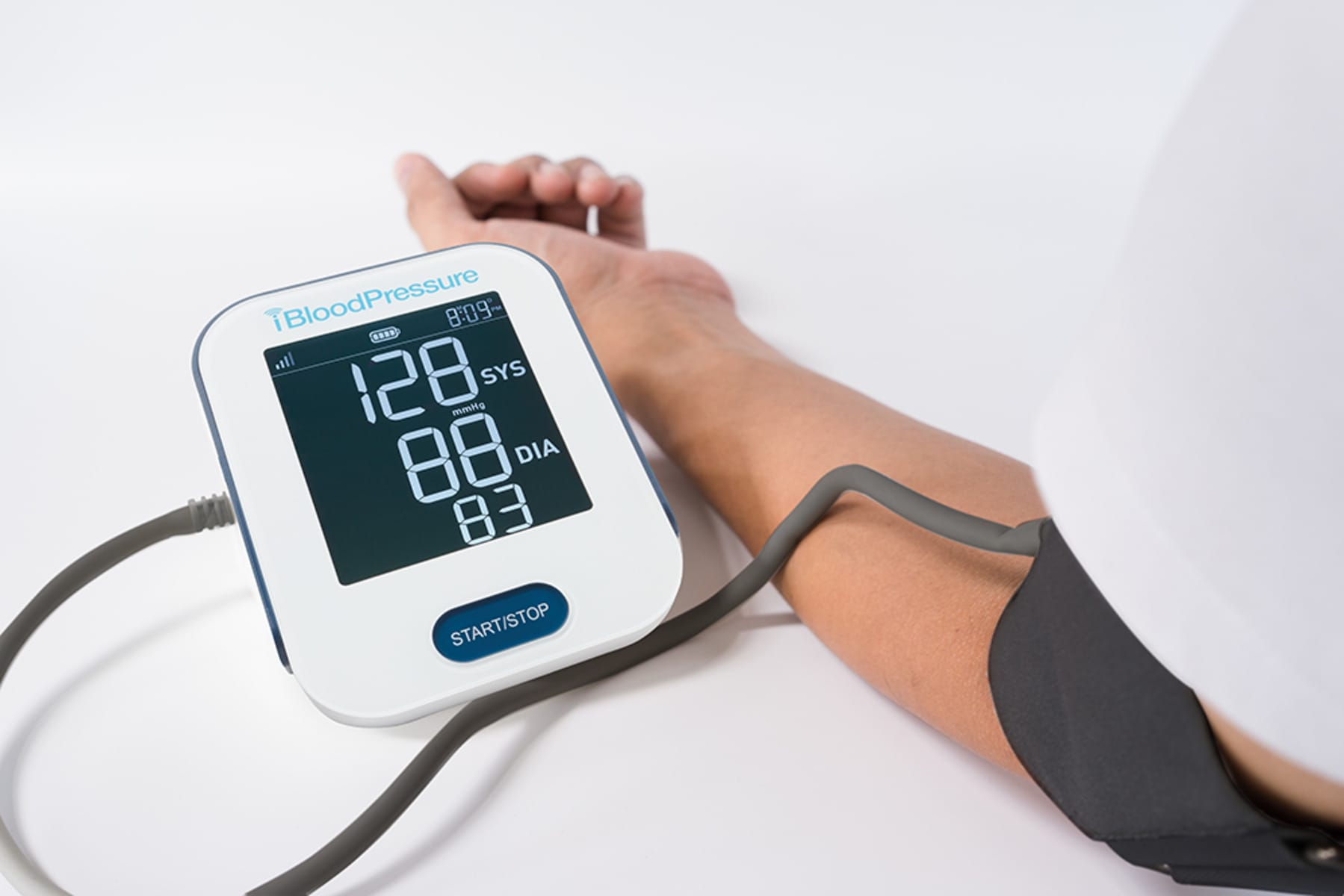The focus on population health has become crucial in delivering comprehensive and proactive care to communities. As we move into 2024, integrating remote patient monitoring (RPM) and chronic care management (CCM) has proven instrumental in supporting and advancing population health strategies worldwide.
The convergence of technology and healthcare has brought groundbreaking innovations, revolutionizing how healthcare is delivered and managed. Cellular RPM, a patient centric healthcare approach, allows healthcare providers to remotely monitor patients' vital signs, symptoms, and other health data in real-time. This continuous data collection enables early detection of health anomalies, allowing for timely interventions and personalized care.
On the other hand, Chronic Care Management (CCM) focuses on optimizing care for individuals with chronic conditions. It involves a proactive approach to managing these conditions by coordinating care, providing education, and ensuring regular follow-ups. The integration of RPM with CCM has significantly elevated the management of chronic illnesses by enabling continuous monitoring and personalized interventions, thereby preventing exacerbations and hospital readmissions.
Common Healthcare Strategies
Healthcare strategies encompass a wide array of approaches to improve patient outcomes, enhance care delivery, and optimize resource utilization. Some of the most common healthcare strategies include:
- Preventive Care: Emphasizing wellness and disease prevention through screenings, vaccinations, and lifestyle interventions to mitigate health risks and promote healthier behaviors.
- Population Health Management: Focusing on the health outcomes of a defined group or community by addressing social determinants, chronic disease management, and preventive care to improve overall health.
- Value-Based Care: Shifting from volume-based care to value-based models that prioritize patient outcomes and quality of care while managing costs.
- Health Information Technology (HIT): Leveraging technology like Electronic Health Records (EHR), telemedicine, and data analytics to enhance patient care, streamline workflows, and improve decision-making.
- Patient-Centered Care: Placing patients at the center of care delivery by considering their preferences, values, and involvement in decision-making processes.
- Integrated Care: Coordinating services across different healthcare providers and settings to ensure seamless transitions and comprehensive care delivery.
- Chronic Care Management: Offering continuous care and support for patients with chronic conditions to improve outcomes, reduce complications, and prevent hospitalizations.
- Care Coordination and Care Transitions: Ensuring smooth transitions between healthcare settings and providers, minimizing gaps in care, and improving patient experiences.
- Health Promotion and Education: Providing information and resources empowers individuals to make informed decisions about their health and well-being.
- Evidence-Based Medicine: Incorporating the best available evidence into clinical decision-making to ensure the most effective treatments and interventions are used.
- Workforce Development: Training and retaining skilled healthcare professionals, ensuring a competent and motivated workforce to deliver quality care.
These strategies often overlap and complement each other, forming a comprehensive approach to improving healthcare delivery, enhancing patient outcomes, and addressing broader public health goals.
How Will Cellular RPM and CCM Impact Population Health Strategies in 2024?
Remote Patient Monitoring (RPM) and Chronic Care Management (CCM) play pivotal roles in enhancing various healthcare strategies:
Preventive Care: Cellular RPM allows continuous monitoring of patient's health parameters, enabling early detection of potential issues. It facilitates proactive interventions, thereby preventing the progression of diseases and reducing the need for acute care.
Population Health Management: Cellular RPM and CCM aid in managing chronic conditions, which are significant contributors to population health concerns. By monitoring patients remotely and providing continuous care, these technologies improve health outcomes within specific populations.
Value-Based Care: Cellular RPM and CCM contribute to value-based care by reducing hospital readmissions, preventing complications, and promoting better health outcomes. This aligns with the shift towards value-based models by emphasizing quality care and patient outcomes.
Health Information Technology (HIT): These technologies are integral components of HIT. RPM collects real-time patient data, feeds into electronic health records (EHR), and enables healthcare providers to make informed decisions. CCM involves ongoing communication and data sharing, enhancing care coordination among providers.
Patient-Centered Care: Cellular RPM and CCM empower patients by allowing them to participate actively in their care. Patients can access their health data, fostering engagement and shared decision-making with healthcare providers.
Chronic Care Management: CCM is directly involved in managing chronic conditions by providing continuous support, education, and care coordination. Cellular RPM complements CCM by enabling remote monitoring of patients with chronic illnesses, ensuring timely interventions, and reducing disease progression.
Care Coordination and Care Transitions: RPM and CCM facilitate seamless care coordination by enabling healthcare providers to monitor patient's health remotely, ensuring continuity of care during transitions between different healthcare settings.
Health Promotion and Education: These technologies support health promotion by providing patients with valuable insights into their health status and encouraging self-management through education and guidance.
Evidence-Based Medicine: Cellular RPM and CCM generate real-time data that can be analyzed to derive evidence for better clinical decision-making, enhancing the practice of evidence-based medicine.
Integrating Remote Patient Monitoring (RPM) and Chronic Care Management (CCM) has profoundly influenced population health strategies. These technologies have shifted the paradigm from reactive to proactive healthcare, emphasizing preventive measures and early interventions. By enabling continuous monitoring and personalized care plans, RPM and CCM empower healthcare providers to address health concerns before they escalate, reducing hospitalizations and improving health outcomes.
The synergy between Cellular Remote Patient Monitoring and Chronic Care Management will play a key role in population health strategies in 2024. As these technologies continue to evolve and integrate seamlessly into healthcare ecosystems, they hold the potential to revolutionize care delivery, improve health outcomes, and transform the way we approach population health management.




